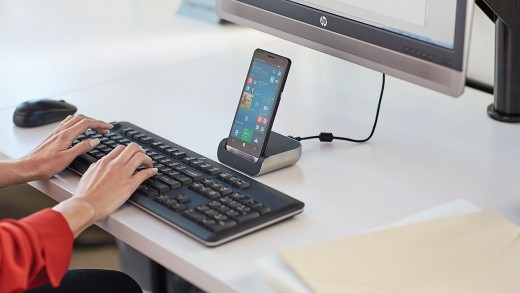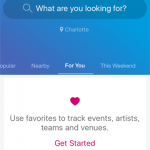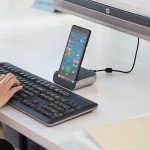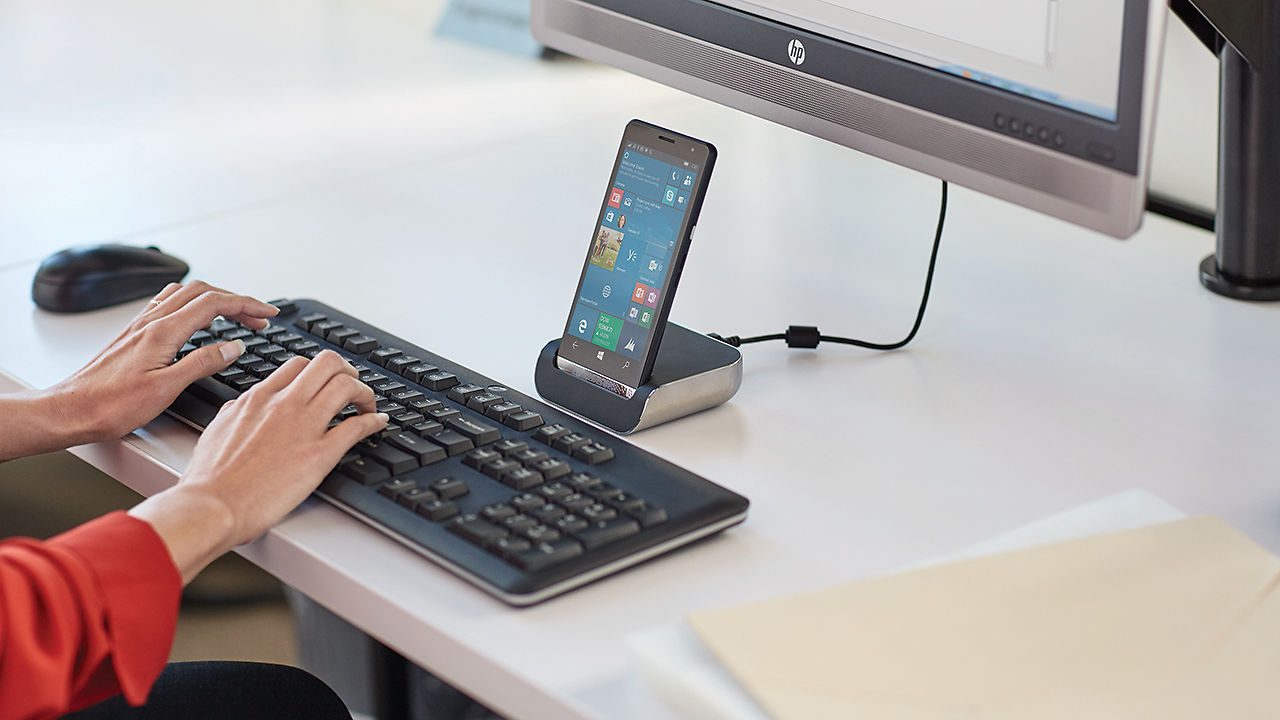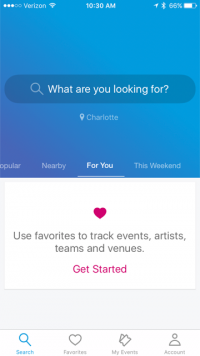The Smartphone As computer substitute: still an idea in advance Of Its Time
The tech business can’t seem to get over its obsession with bridging the difference between the pc and smartphone—or even merging them into one device. through the years, the strategies have covered nearly each base. There have been pocketable-pc makes an attempt such as the Oqo and Viliv N5, dockable phones like the Asus Padfone and Motorola Atrix, and applied sciences like Apple’s Continuity and Samsung’s SideSync. as the elements in computer systems and phones have grown extra identical, the quest has gave the impression so shut—and but a real singularity continues to be out of attain.
With home windows 10, Microsoft launched Continuum for phones, a capability that means that you can use a telephone as a computer by way of including a wired or wi-fi keyboard and show. With so few windows phones being launched, Continuum has mostly been the province of Microsoft’s Lumia 950. but finally week’s cellular World Congress, certainly one of Microsoft’s largest companions amongst manufacturers of business PCs made an announcement that elevates Continuum to a new peak.
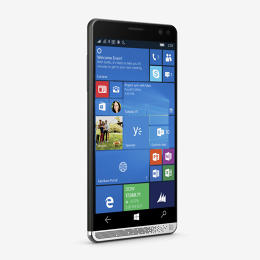
HP’s Elite X3 would simply be probably the most significant new windows phone in a while in its own proper with its snazzy design, 6″ display, prime-part Qualcomm 820 processor, and wi-fi charging. as it has done with its ElitePad windows tablet, HP is planning to liberate a sequence of jackets for the X3 so as to add features akin to a credit-card reader.
HP has one-upped Microsoft’s Continuum-enabling display Dock with a charging dock that cuts down rather on the cable spaghetti. nevertheless it’s long gone even additional with the mobile Extender, a computer-like tool that’s all keyboard, battery, and show, counting on the cellphone and Continuum to turn it into a pc. That implies that there’s no out-of-the-box improve for windows pc apps, one thing that is a much bigger difficulty with a laptop than it’s with a cellphone. indeed, HP has historically shied far from variations of windows that do not run traditional pc apps. unlike Lenovo, Asus, and naturally Microsoft itself, the company utterly (and properly) sat out the dumbed-down windows RT.
however having had little luck with Android capsules—even an iPad professional-like 12″ adaptation that preceded Apple’s greatest tablet—HP has doubled down on windows. windows 10’s refined version of the windows eight interface, in spite of everything, has achieved much to bridge the worlds of clicking and tapping. furthermore, HP has became the legacy app omission into a chance through providing its own HP Workspace—in accordance with virtualization technology—to let the X3 run computer apps from a far off computer. Future home windows telephones could use Intel chips, which might allow them to run pc apps natively.
same thought, different approaches
The x3 isn’t the first phone to take the “Russian doll” option to computing. remaining June, I wrote concerning the impact of 802.11ad, a really perfect-quick wi-fi usual with a purpose to assist make experiences just like the one HP is proposing extra seamless. In that piece i discussed the Neptune Suite, which takes the concept that to the intense through creating a smartphone, tablet, computer, and good tv expertise all from a smartwatch (with various battery assist).
After elevating virtually $1.2 million on Indiegogo ultimate could, Neptune had at the start estimated supply of its Suite this month. on the other hand, in what has develop into in style for even a long way much less advanced tech projects, it’s nowhere on the subject of transport. the company has been posting regular if imprecise updates, noting earlier this month “we will be moving to the next segment of construction with our design partners next week, and will have to be able to begin posting some giant technical updates quickly afterwards.”
There can even be some ready in retailer for the primary x3 adopters as the software won’t reinforce 802.11ad unless a future replace, relying as an alternative on the slower—but longer-range—802.11ac same old in the beginning.
nonetheless, it’s one factor for a crowdfunded startup to proclaim that the long run is isolating the processing soul of a computer from its physique. It’s every other for a massive, mainstream technology provider like HP to claim it. And while the x3’s sexy hardware can centralize your apps and file—at the least via involving corporate servers and cloud services and products—it’ll be difficult to convince clients to give up their ceaselessly extra highly effective and backward-suitable laptops that are not a lot larger or heavier than the mobile Extender.
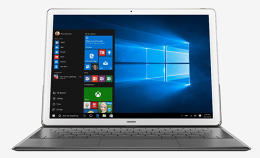
HP hasn’t but introduced pricing for the X3 and its accessories, but it surely appears extraordinary that the corporate—which has considered so much extra success in laptops than in telephones—would are trying to find to cannibalize the former with the latter. this is particularly actual given that someone who buys an X3 must accept the skimpy number of windows telephone apps. In contrast, the opposite victories Microsoft saw amongst handset makers at cellular World Congress came from two chinese smartphone makers, every of which is the use of full-blown, fully appropriate home windows 10 on two-in-one gadgets. Huawei has assembled the swish and expensive street through offering each accessory for its MateBook one by one whereas Alcatel’s Plus pursues a chunkier however cheaper route.
in all probability windows isn’t the suitable OS choice, at the least no longer removed from the Intel processor that lets it run the whole library of windows apps. most likely the cellphone isn’t where the processing should are living. And possibly new standards that could assist aren’t supported as well as they want to be. Regardless, the x3 factors to a future the place—must it please the OS and software maker—we will be capable of flip our work environment on the fly to maneuver more seamlessly between portability and productivity. That’s a nice method to have, but now not one who precludes us from continuing to make use of standard phones and laptops.
fast company , learn Full Story
(89)

